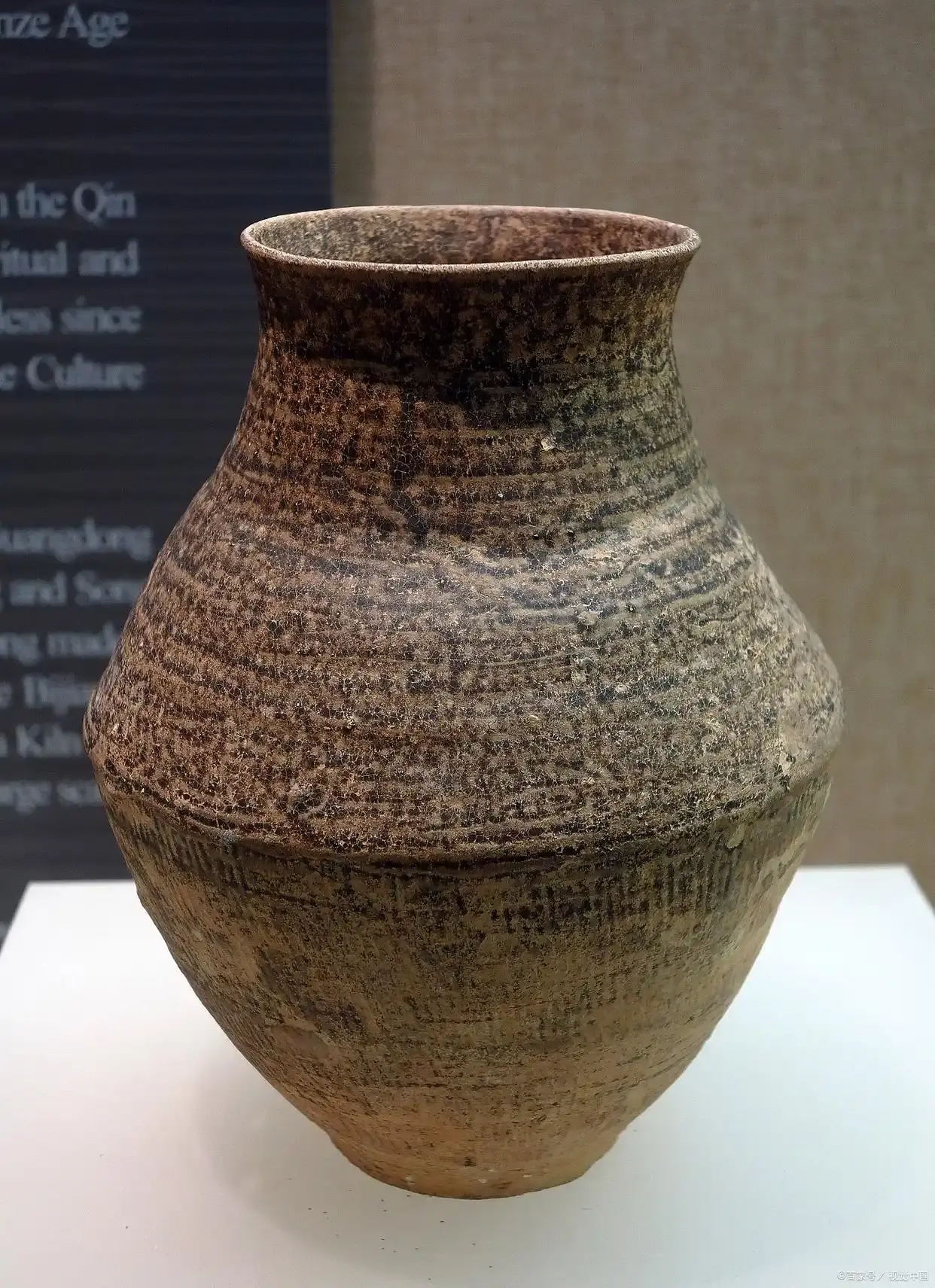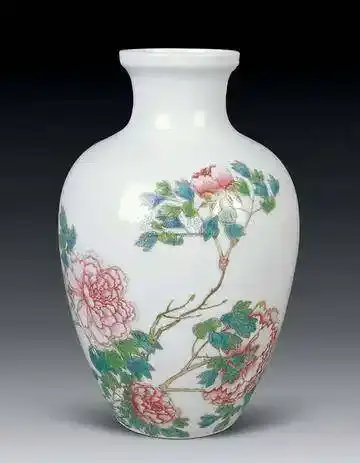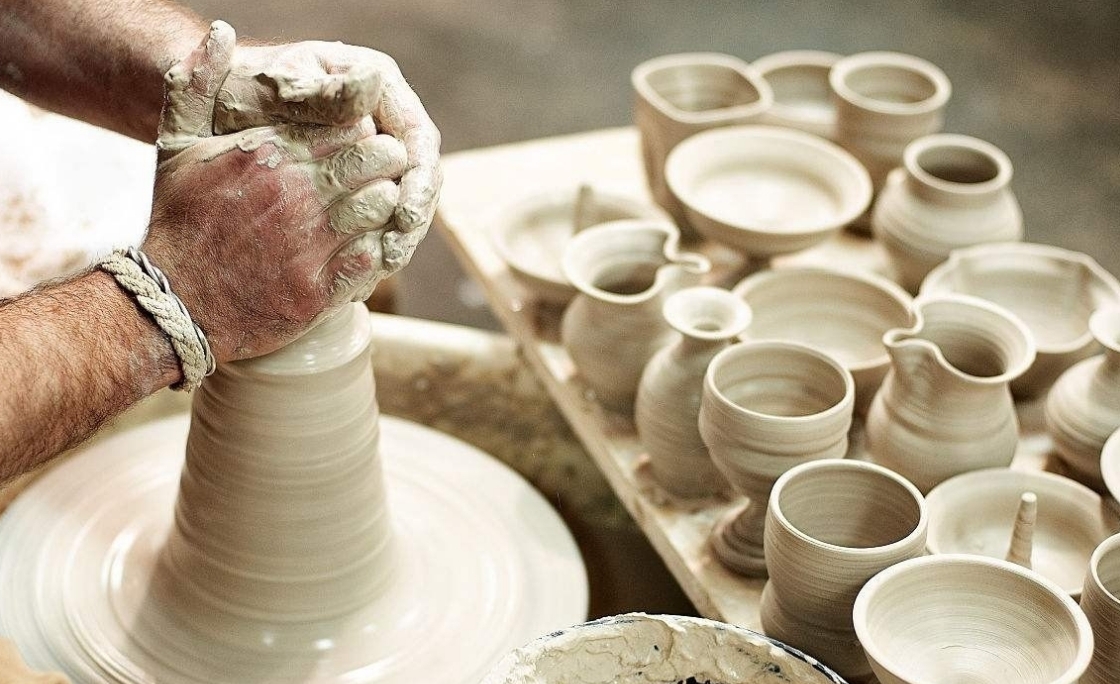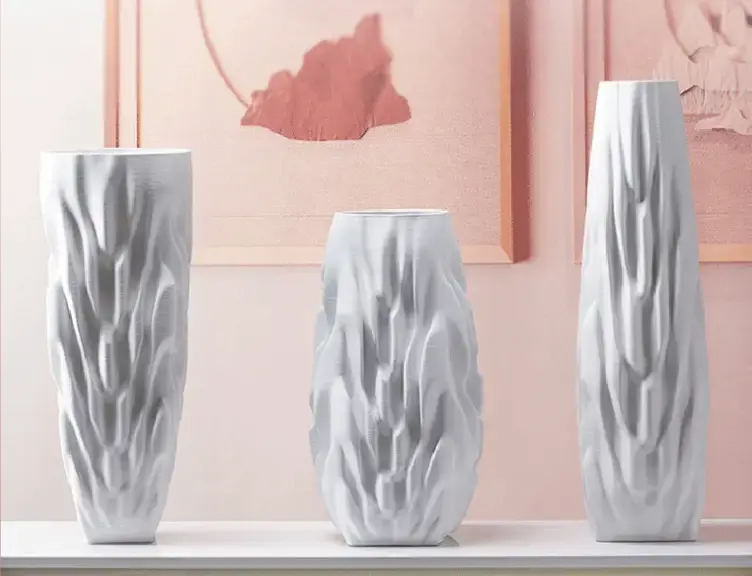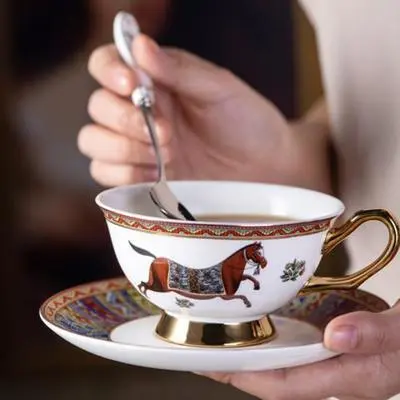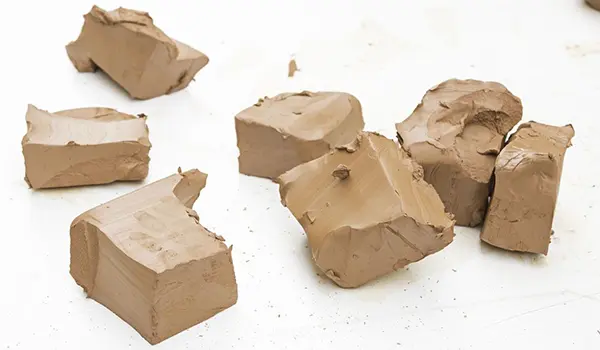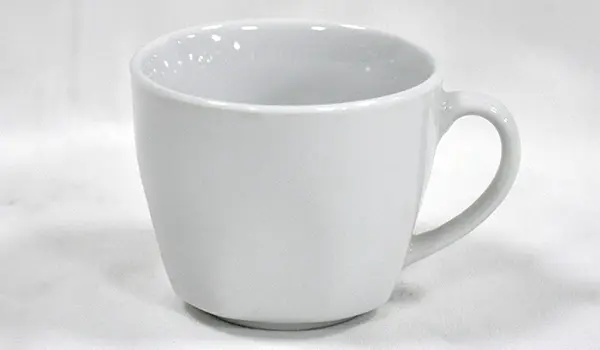The Subtle Differences Between Pottery and Porcelain
As a treasure of traditional Chinese culture, ceramics carry thousands of years of history and cultural heritage. In the daily life of the Chinese people, ceramics play an indispensable role, whether as high-end art pieces or everyday items for ordinary households. However, ceramics are not a single category—they are broadly divided into two types: pottery and porcelain. Although both are often collectively referred to as ceramics, they differ significantly in terms of materials, craftsmanship, appearance, and usage.
1. Raw Materials and Composition
Pottery is primarily made from clay, which is fired at relatively low temperatures. Clay, a natural mineral, offers excellent plasticity and binding properties, allowing pottery to be easily shaped into various forms. Due to the lower firing temperature, the mineral components in the clay do not fully melt, resulting in a relatively rough texture and lower hardness.
In contrast, porcelain is made from more refined materials, such as porcelain clay and kaolin, often supplemented with quartz and feldspar. These materials enable the porcelain to achieve complete vitrification at high temperatures, resulting in a finer and harder texture. The high firing temperature causes the materials to fully melt and fuse, creating a glass-like effect that gives porcelain its smooth, delicate, and semi-transparent appearance.
2. Appearance and Texture
Due to differences in raw materials and composition, pottery and porcelain also exhibit distinct differences in appearance and texture.
Pottery, fired at lower temperatures, often has a rough surface and comes in natural tones such as earthy yellow and reddish-brown. Its sturdy and厚重 (heavy) feel evokes a sense of古朴 (simplicity) and原始 (primitive) beauty, making it seem like a product of nature, full of the essence of daily life. In ancient China, pottery was widely used for practical purposes, such as storing water, holding grains, and cooking, with functionality often outweighing artistry.
Porcelain, on the other hand, is known for its smooth and细腻 (fine) surface, semi-transparent texture, and rich colors and patterns. It is not only practical but also highly valued for its elegant artistic appeal, making it a favorite among royalty and nobility throughout Chinese history. Porcelain boasts a wide range of colors, from pure white to vibrant五彩 (polychrome), from blue-and-white (qinghua) to斗彩 (doucai), showcasing the exquisite skills and boundless creativity of ancient Chinese artisans. Porcelain is not just a utilitarian object but also a work of art, embodying the essence of traditional Chinese culture and aesthetic pursuits.
3. Craftsmanship and Techniques
The production processes and techniques for pottery and porcelain also differ significantly.
Pottery-making is relatively simple, primarily involving hand-forming techniques. Artisans shape clay into various forms through kneading, wheel-throwing, and carving. Due to the lower firing temperatures, pottery does not require highly complex kiln equipment or advanced technology. In ancient China, pottery production was often carried out in家庭 (household) or small作坊 (workshop) settings, with skills passed down through families or apprenticeships.
Porcelain production, however, is far more complex. The selection of materials requires strict screening and precise proportioning. Raw materials like porcelain clay and kaolin must be finely ground and mixed to ensure ideal vitrification effects at high temperatures. In addition to hand-forming, porcelain often employs more refined techniques such as mold-forming and slip-casting. Furthermore, firing porcelain demands high-precision kiln equipment and technical expertise. In ancient China, porcelain production was largely monopolized by官窑 (official kilns) or large-scale民窑 (private kilns), with production scales and technological levels far surpassing those of pottery-making.
4. Cultural Value and Historical Significance
As two major carriers of traditional Chinese culture, pottery and porcelain each hold distinct cultural values and historical significance.
Pottery, with its untique and primitive beauty, documents the early stages of human civilization. From the painted pottery of the Neolithic Age to the gray and black pottery of the Shang and Zhou dynasties, pottery bears witness to humanity's transition from nomadic to agricultural lifestyles and from ignorance to civilization. The patterns and symbols on pottery serve as important resources for studying ancient societies, religions, and art.
Porcelain, renowned for its elegant artistry and exquisite craftsmanship, has gained worldwide acclaim. From the celadon and white porcelain of the Tang Dynasty to the Five Great Kilns (Ru, Guan, Ge, Jun, and Ding) of the Song Dynasty, and the Jingdezhen porcelain of the Ming and Qing dynasties, porcelain not only showcases the boundless creativity and superb skills of ancient Chinese artisans but also reflects the Chinese people's unique pursuit of beauty and aesthetic taste. As one of the treasures of Chinese culture, porcelain holds a pivotal position in the history of world art.




